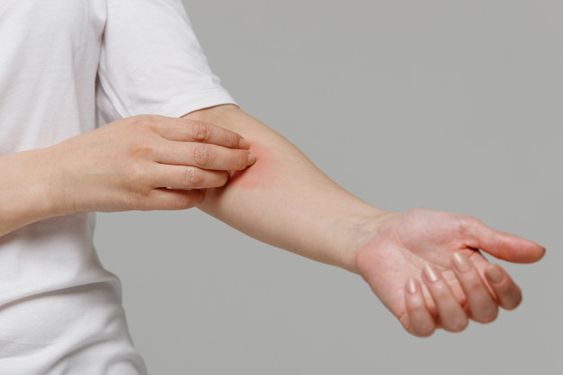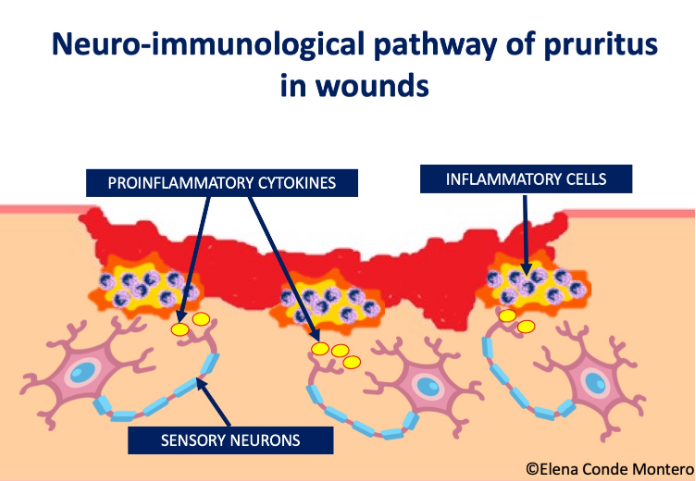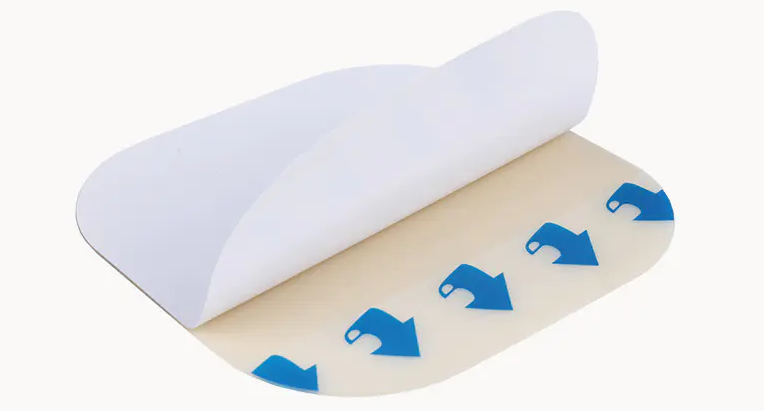No matter how traumatized your wound is, as it heals, your wound may be itchy, making you always want to scratch it, but why is it itchy? It can also have a big impact on our quality of life, especially when it persists in chronic wounds or scars. This article will answer this question, so please come and see it with me.
1. Let us first understand the structure of the skin:
From the structure of the skin. Human skin is divided into multiple layers. The cells in the lowest layer of the epidermis are called the germinal layer. It has strong vitality and can continue to grow and reproduce. The superficial wounds of the epidermis are damaged by the germinal layer, and the nerves are not stimulated. When the wound heals, there is usually no itching. However, if the wound is large, the dermis deep wound will often itch when it is about to heal because the healing of the deeper wound is made up of a new tissue called connective tissue. New blood vessels and nerves grow out of connective tissue. These new blood vessels and nerves are particularly dense and crowded together, and the new nerves are easily stimulated, because the nerves are very sensitive, and it will feel itchy.
The regenerative capacity of each tissue in the human body is also different. The regeneration ability of nerve tissue is low, and it appears late in wound healing. Generally, when the nerve is growing rapidly, it is also when the wound is growing rapidly. At this time, the new nerve endings and blood vessels have grown into the connective tissue, and the local perception is gradually restored, so the wound will be itchy at this time.
2. Why does the wound healing process itch?
You've probably heard that "if a wound is itchy, it's because it's healing." This also makes sense, since itching is a common occurrence in the healing process, usually later in life. But if it occurs in acute and chronic wounds, it should be primarily related to inflammatory processes or nerve damage (neurotic pruritus), not necessarily to well-progressed wounds. Itching is part of the healing process for many wounds, whether severe or mild. This itching can be explained in two ways, in both cases it's a mechanism your body sets up to recover as quickly as possible:
①Inflammatory stage A clot has formed and bleeding has stopped. The body sends antibodies, enzymes, and nutrients to start the healing process, which can cause swelling and tenderness.
② Proliferating new blood vessels grow into damaged areas, and special cells produce collagen, a protein that gives our skin strength and elasticity to facilitate wound closure. Remodeling collagen matures and becomes more like the tissue it replaces, eventually forming new skin.
3. How can I relieve this itch?
During all these stages, the new tissue is sensitive and scratching can remove or damage it. This slows recovery and can lead to scarring or infection. To reduce the symptoms of itching, you can take the following steps to promote wound healing and reduce itching:
① Gently wash the area with soap and water to clean the skin around the wound and then disinfect the wound with iodophor.
②The longterm Medical Hydrocolloid dressing can then be used, which can provide a closed space for the wound that is slightly acidic and conducive to wound healing, block the invasion of foreign particles such as dust and bacteria, and reduce the chance of bacteria. Healing provides an optimal environment to accelerate wound healing. It is very simple and convenient to operate.
③ Apply a cold compress for a short time to numb the area and reduce itching.
For more information on longterm medical dressing, refer to the previous articles. If you have customized needs, you are welcome to contact us; we will serve you wholeheartedly.
At Longterm Medical, we transform this data by innovating and developing products that make life easier for those who need loving care.
Editor: kiki Jia
Date: October 26, 2022

 English
English عربى
عربى Español
Español русский
русский 中文简体
中文简体








